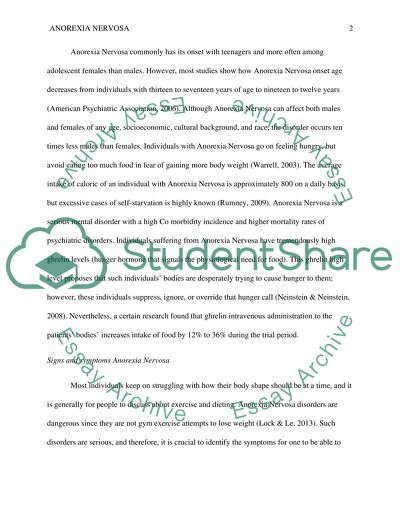Cite this document
(“Anorexia Nervosa Research Paper Example | Topics and Well Written Essays - 1500 words - 1”, n.d.)
Retrieved from https://studentshare.org/nursing/1491203-anorexia-nervosa
Retrieved from https://studentshare.org/nursing/1491203-anorexia-nervosa
(Anorexia Nervosa Research Paper Example | Topics and Well Written Essays - 1500 Words - 1)
https://studentshare.org/nursing/1491203-anorexia-nervosa.
https://studentshare.org/nursing/1491203-anorexia-nervosa.
“Anorexia Nervosa Research Paper Example | Topics and Well Written Essays - 1500 Words - 1”, n.d. https://studentshare.org/nursing/1491203-anorexia-nervosa.


